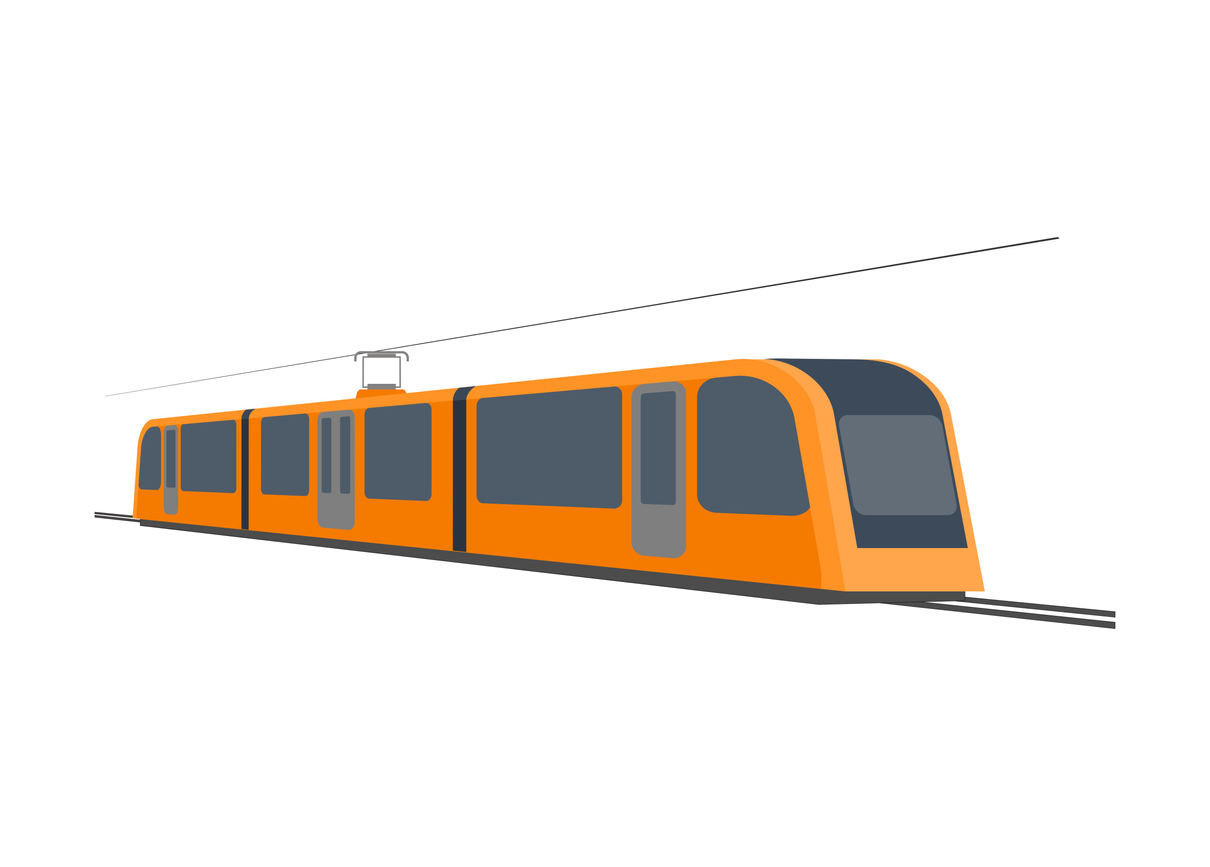2025/06/11
The Linear Chuo Shinkansen: Reassessing Comprehensive Benefits from a Future-Oriented Perspective

On May 12, two sections of the Ina Mountain Tunnel, part of the Linear Chuo Shinkansen project (a magnetic levitation train project), were successfully excavated. The breakthrough came 10 months later than scheduled, due to fragile geological conditions and work stoppages caused by labor accidents. For the engineers and workers involved in this difficult project, it must be a deeply emotional milestone. The commercial operation of a magnetic levitation train (maglev) using German technology began in Shanghai in 2004. I had a chance to ride it in 2005—exactly 20 years ago. When the onboard speedometer reached 430 km/h, a spontaneous cheer erupted among the passengers. The fascination with “speed” is truly universal.
However, the Linear Shinkansen project faces several challenges. In Mizunami City, Gifu Prefecture, construction has led to groundwater leakage, depleting communal water sources and causing land subsidence. Work in this section remains suspended. In Machida City, Tokyo, water and bubbles have surfaced in residential areas. Although the pressure of the excavation machine was adjusted and construction has resumed, concerns remain. In Yamanashi Prefecture, improper disposal of excavated soil was discovered, with harmful substances found in excess of environmental standards. In the Ina Valley area of southern Nagano Prefecture, valleys and streams feeding into the Tenryu River are being filled with large amounts of excavated soil from the construction. Experts have raised alarms about the risk of embankment slides and large-scale debris flows.
The issues surrounding the Oi River water system have also not been fully resolved. The importance of preserving natural environments that serve as freshwater sources is repeatedly emphasized in the Sustainable Development Goals (SDGs), including:
– SDG 6.6: protection of water-related ecosystems, including rivers and aquifers;
– SDG 15.1: conservation and restoration of inland freshwater ecosystems;
– SDG 15.4: ensuring the conservation of mountain ecosystems, including biodiversity.
The economic benefits of reduced travel time brought by the Linear Shinkansen are undeniable. However, the infrastructure we pass on to our children should offer more than just the utility of “speed.”
In the event of a major disaster such as a massive earthquake, the Hokuriku Shinkansen can serve as a backup to the Tokaido Shinkansen. By the time the full Linear route is operational, innovation in air transportation will also likely have advanced. Fundamentally, in the context of disaster preparedness, what should be prioritized is the strengthening of logistics systems for transporting goods and supplies. Research on maglev technology by the former Japanese National Railways began in 1962 (Showa 37). Central Japan Railway Company (JR Central) promotes the project under the slogan “Connecting History, Creating the Future.” But perhaps the future envisioned during the Showa era no longer aligns with the needs of today. It may be time to reassess the project's overall social benefits from a future-oriented perspective. On May 19, Mitsubishi Heavy Industries unveiled Prismo, a carbon-free, catenary-free driverless train system. In terms of both compatibility with the future and potential for business development, my vote would go to this alternative.
This Week’s Focus, May 18 – May 29
Takashi Mizukoshi, the President